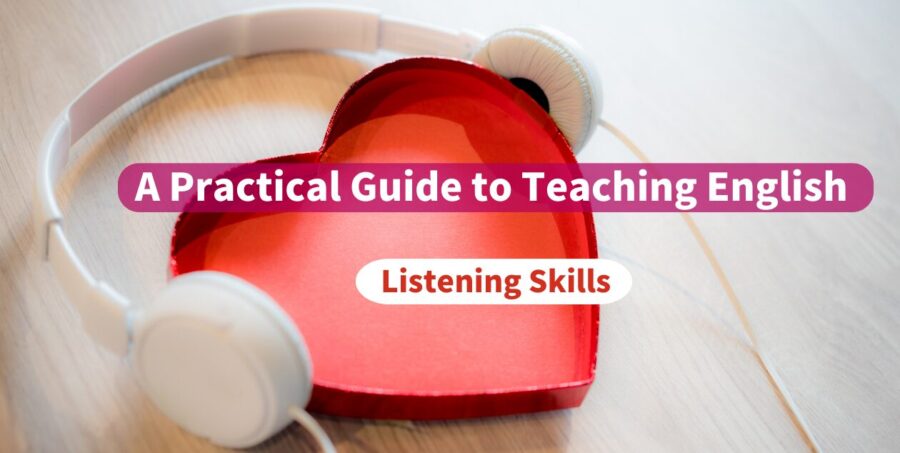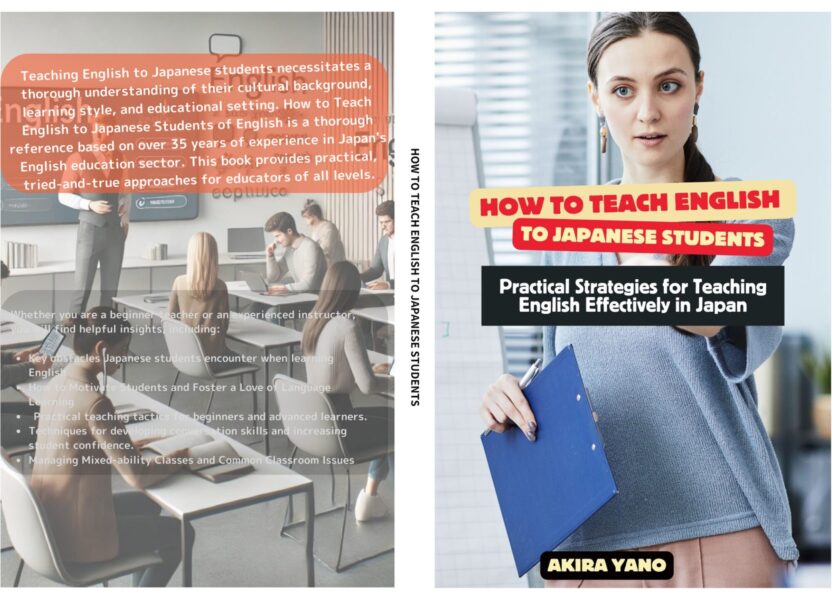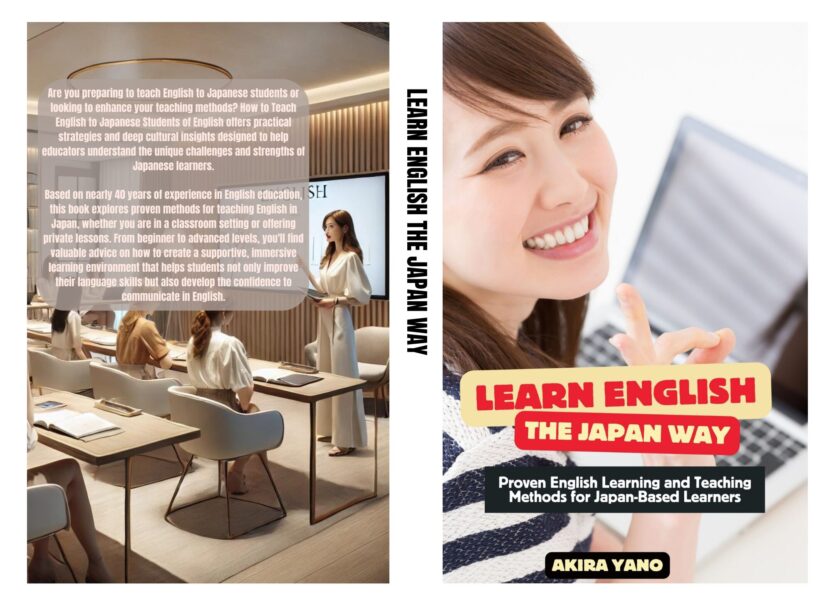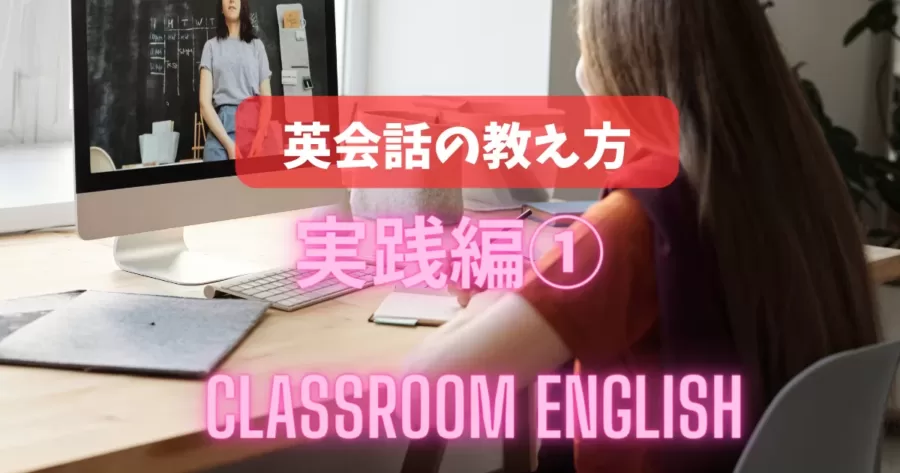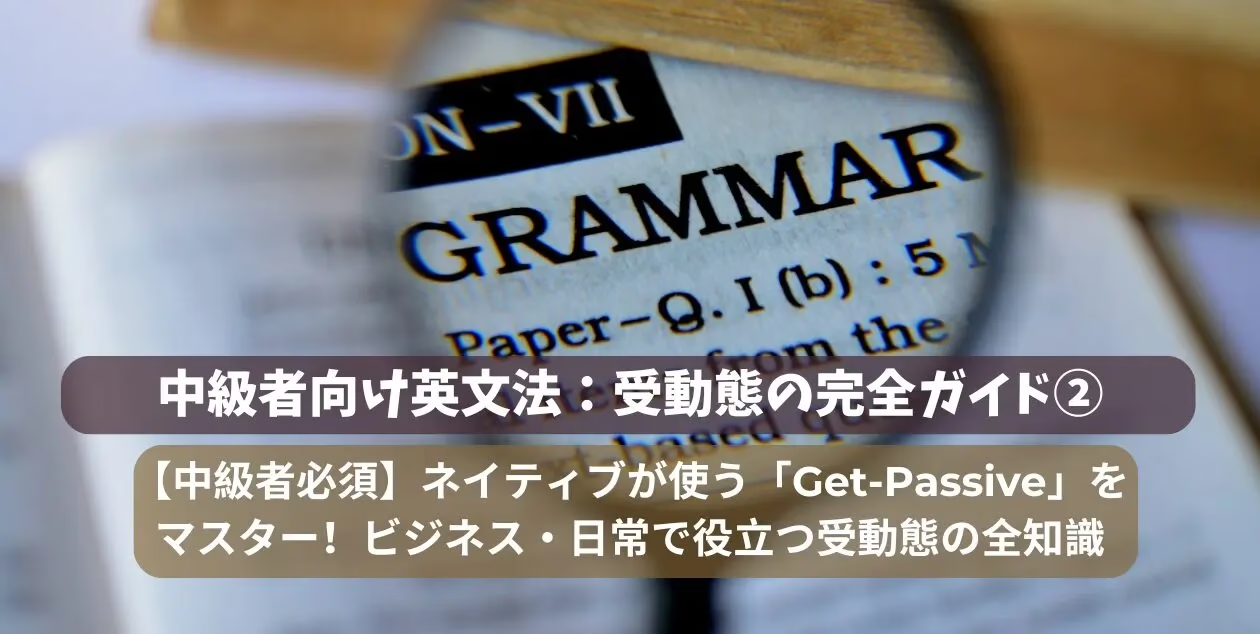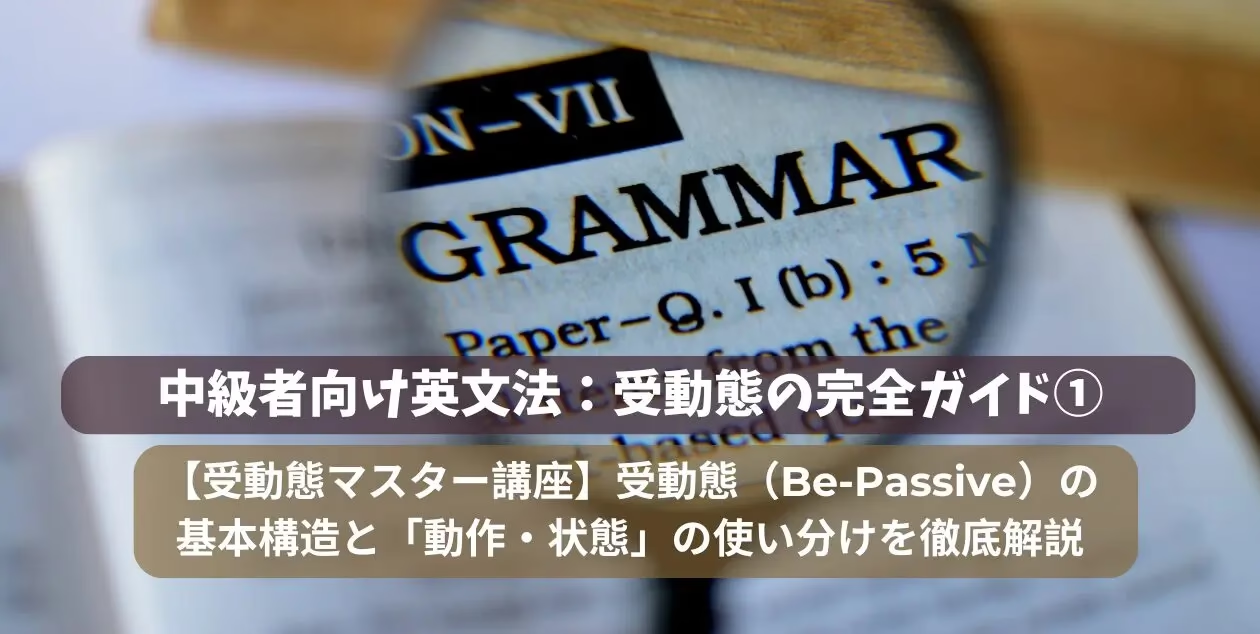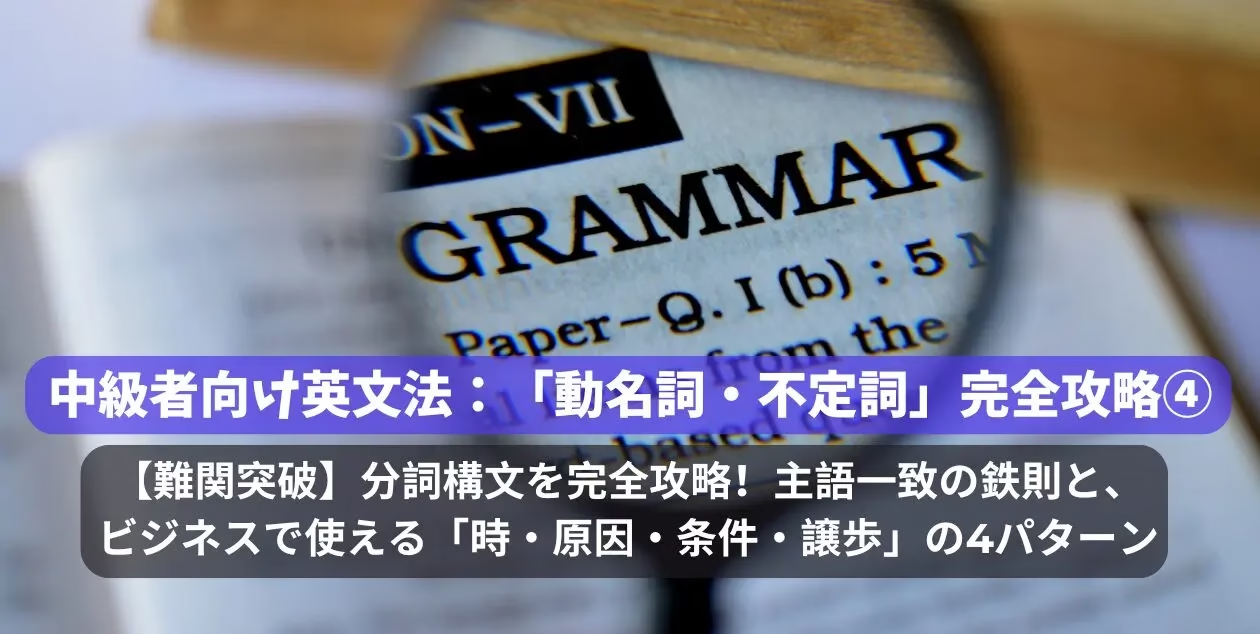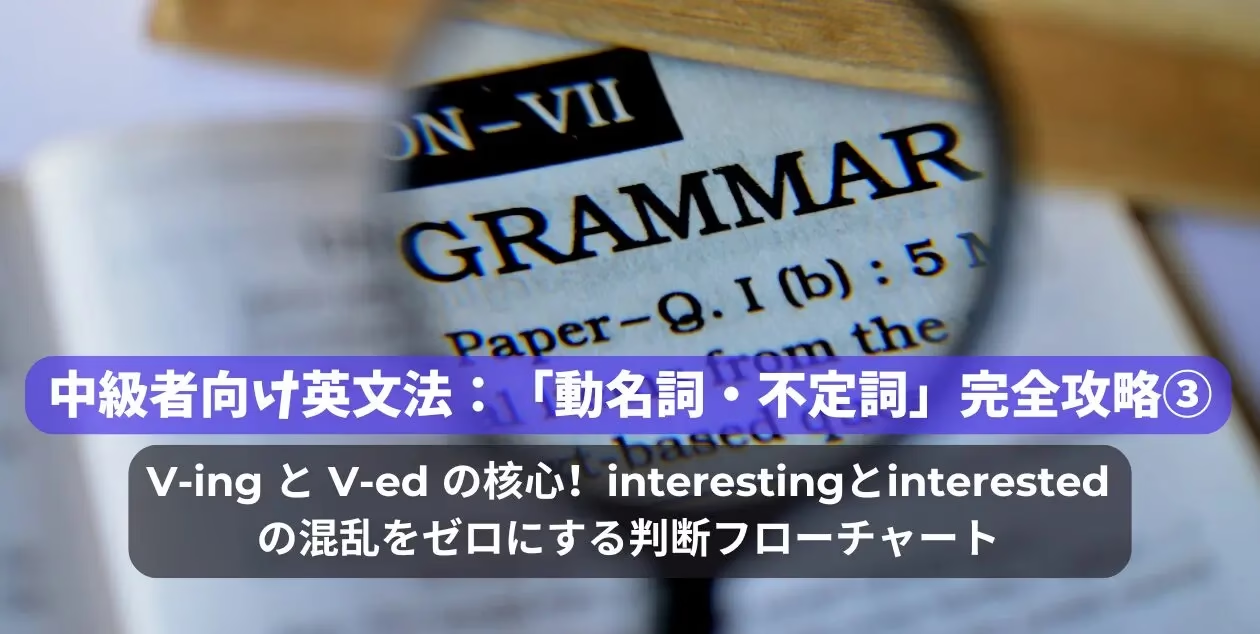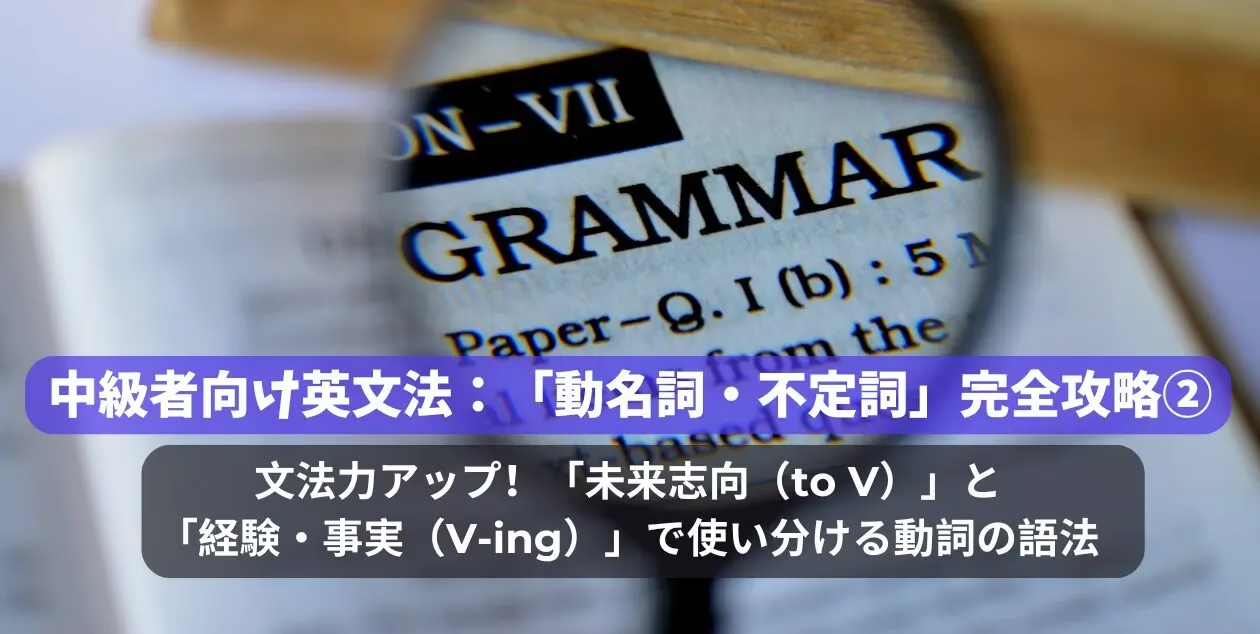If you’re teaching English conversation, you may wonder, “How should I teach effectively?” or “What materials should I use?” Even experienced teachers sometimes question whether their methods truly work. One key component of almost all English learning materials is dialogue practice, which plays a crucial role in lesson quality.
In this article, we will explore the purpose of dialogue practice, effective teaching methods, and structured steps to help students learn English efficiently.
1.What is Dialogue Practice?

A dialogue is a written conversation between two or more people. English learning materials often include dialogues representing different situations. These can be found in travel English, business English, and daily conversation textbooks.
Example:
Ricky: What did you do last weekend?
Becky: I went to the movies.
2. The Purpose and Role of Dialogue Practice

Using dialogues in lessons helps learners develop their understanding of Form, Meaning, and Usage in English:
- Form: Learning sentence structure and grammar (e.g., past tense, relative clauses)
- Meaning: Understanding the words and their meanings
- Usage: Learning when and where to use specific phrases
Because dialogues provide context and settings, learners can naturally grasp these elements.
3. How to Teach Dialogue Effectively

There are three main approaches to using dialogues in lessons:
- As an introduction – Teaching new grammar or expressions
- As a practice exercise – Reinforcing previously learned content
- As a combination of both – Learning new phrases while practicing them
The most effective method combines both introduction and practice.
4. Step-by-Step Guide to Dialogue Practice

1. Set Up the Scene
Start by helping students understand the “who, where, and what” of the conversation.
Example;
Teacher: Look at this picture. Who is he?
Student: Ricky.
Teacher: Where are they?
Student: School.
Teacher: What are they doing?
Student: Talking.
2. Listening Practice
Play an audio recording of the dialogue or read it aloud for students to listen to intonation and pronunciation.
3. Comprehension Check
Ask simple questions to confirm understanding.。
- Ask many simple questions
- Ask questions in order from top to bottom, making it easier for students to follow the content
- Use questions that can be answered with single words (ideal for beginners)
4. Repetition Practice
Repetition practice is crucial for developing pronunciation, fluency, and confidence in speaking English. In this stage, students repeat the dialogue after the teacher, focusing on accurate pronunciation, intonation, and rhythm. The teacher may use the following techniques:
- Choral Repetition: The whole class repeats the dialogue together, reinforcing collective learning.
- Segmented Repetition: Breaking sentences into smaller parts and repeating each section before assembling them into full sentences.
- Backward Repetition: Students start with the last word or phrase of a sentence and gradually build it backward, reinforcing retention.
- Mirroring: Students attempt to match the teacher’s pace and intonation, helping them develop natural speech patterns.
5. Controlled Practice (Pair Work)
Controlled practice involves students working in pairs to practice the dialogue repeatedly, making adjustments along the way to enhance comprehension and fluency. This step ensures that students move from imitation to controlled production. Suggested techniques include:
- Role Rotation: Students switch roles multiple times to practice different sentence structures.
- Scripted Role-Play: Initially, students read directly from the dialogue script.
- Memory Recall: Gradually, they attempt to recall their lines with minimal reference to the script.
- Variation Drills: Introducing small changes, such as swapping keywords (e.g., replacing “last weekend” with “yesterday”), to help students adapt the dialogue to different contexts.
- Performance Practice: Pairs act out the dialogue with natural gestures and expressions to enhance engagement and realism.
By incorporating these steps, students gain confidence in using the dialogue naturally before transitioning to more independent conversation.
6. Freer Practice (More Independent Practice)
The goal is to help learners use English in their own words by gradually increasing freedom:
- Replace parts of the dialogue with their own choices (e.g., changing “last weekend” to “yesterday”)
- Remove scripted lines and have students think of responses on their own
- Expand the conversation by adding follow-up questions
- Change the context and role-play different scenarios (e.g., workplace, family, friends)
By gradually increasing independence, students become more comfortable using English naturally.
5. Conclusion and Practical Advice

Dialogue practice is a vital part of English conversation teaching. To maximize its benefits:
- Ensure clear scene setting
- Conduct sufficient repetition exercises
- Keep lessons engaging and varied
- Gradually increase speaking independence
By following these steps, students will significantly improve their English conversation skills.
How do you incorporate dialogue practice in your English lessons? Share your teaching strategies in the comments below!
